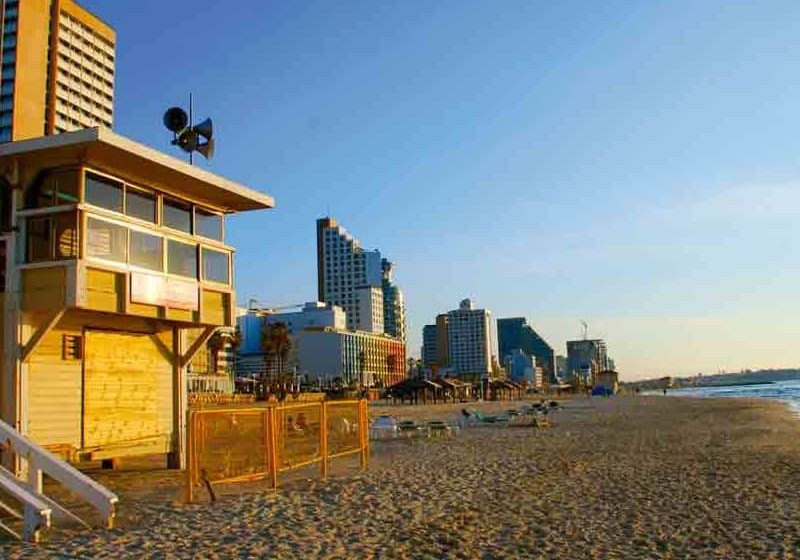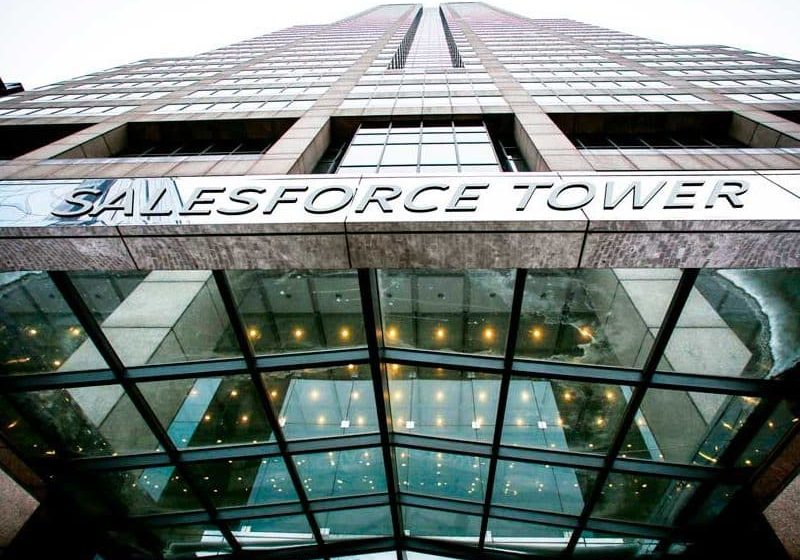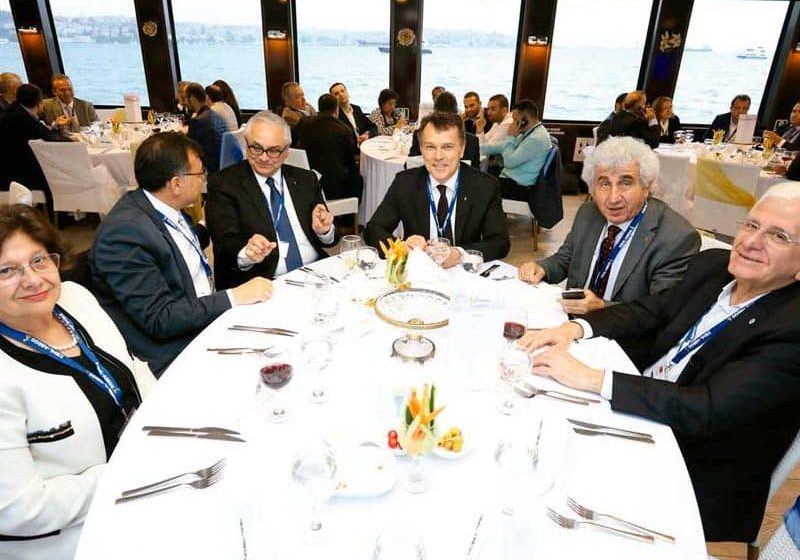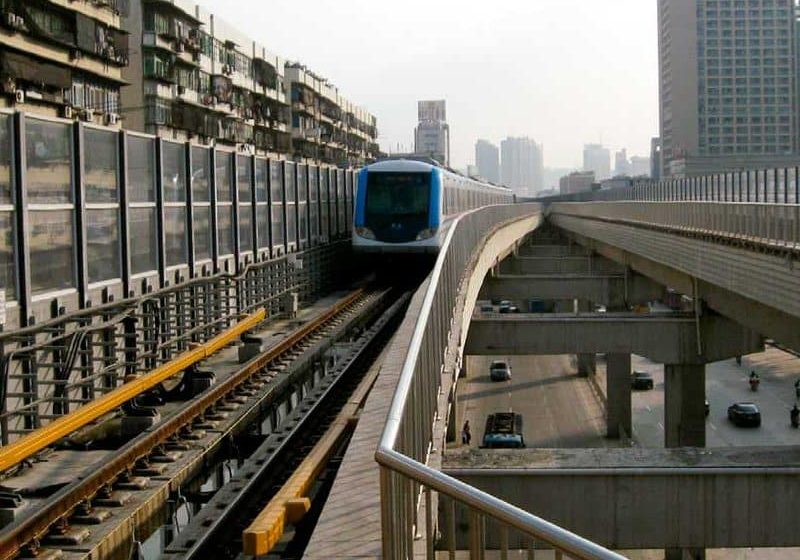Elevator Industry Safety Summit
Aug 1, 2017

Inaugural event brings approximately 200 professionals to Phoenix to share ideas, work together toward zero-fatality goal.
One only needs to be in this industry (or, really, any industry) for a few months to realize people don’t always see eye to eye. There is one topic, however, on which all agree: the importance of safety to prevent accidents and fatalities. Although ideas about the best ways to go about it vary, everyone believes improving vertical-transportation (VT) safety to reduce, and ultimately prevent, injuries and fatalities is of paramount importance.
NAESA International Executive Director Bob Shepherd envisioned the Elevator Industry Safety Summit with that in mind. The first of what he hopes will be a regularly held event took place at the Sheraton Grand Phoenix in Phoenix on May 21-23. It was held in honor of longtime ELEVATOR WORLD Editor Robert S. Caporale, who passed away in September 2016, and was described by Shepherd and many others as a champion of VT safety.
Caporale’s son, Bob Caporale, spoke about his father following a welcome by moderator Davis Turner and City of Phoenix Elevator Inspector Field Supervisor Bob Schumacher. Caporale stated:
“My father loved elevators, but I didn’t necessarily realize how much until going through his things after he passed. What we found were elevators, elevators and more elevators — poems, songs, cartoons, technical papers and even a LEGO® elevator kit he had given to us years ago. He realized, and I now realize, that elevators are not only amazing feats of engineering but integral parts of our daily lives, pieces of equipment we use every day. [Elevator-industry professionals] do special work. Cities are growing up, rather than out, and you are building these cities. Don’t take it for granted.”
Caporale emphasized how crucial it is that every effort be made on the part of everyone involved in VT — engineers who design equipment, manufacturers who make it, mechanics who maintain it and passengers who use it — to improve safety.
Speakers gave examples from their personal lives to illustrate how one little mistake or misstep can be devastating. Jack Day, NAESA education director, called that the “Aha moment,” when a person realizes their behavior could have resulted in a serious injury or worse.
Sunday, May 21
Attendees flew in from all over the U.S., but also Canada and as far away as the Netherlands (Liftinstituut). NAESA Certification Program Director Emerald McGehee and Education Program Director Felicity Wilkinson, with help from Elevator Escalator Safety Foundation (EESF) Executive Director Nikole Gore-Layton, registered guests in the Sheraton ballroom foyer before they proceeded to the Welcome Reception that evening. There, an open bar and appetizers were provided as attendees networked and greeted friends old and new.
Monday, May 22
Registration continued as guests fortified themselves with breakfast in a dining room adjacent to the 9,400-sq.-ft. auditorium that hosted the main event. The first day of presentations was intense, with more than 15 speakers giving approximately 10 safety presentations. Many were followed by Q&A sessions.
Emphasizing that “safety is not elegant,” Turner, founder and president of Davis L. Turner & Associates of Mission Viejo, California, observed the summit’s purpose was to exchange ideas and enhance knowledge about accident prevention. Lisa Grimes of Chicago’s Vator Accessories, Inc., said she attended to learn about what different entities are doing to prevent accidents, network and, ultimately, add new safety-related products to her company’s portfolio.
Following Caporale’s presentation, Tom Vining, president of Otis Americas, spoke about safety being a “team sport” and how the industry can use technology to create a safer industry, such as with Otis’ AccessAlert®, a top-of-car alarm system that reminds the technician to secure the elevator car before accessing the hoistway. He gave a PowerPoint presentation on how safety has evolved since Elisha Graves Otis invented the elevator safety brake in 1852. In addition to preventive technology, Vining said, human behavior is key. “All it takes is one bad decision,” he said, observing that Otis has made solid progress.
Mike Corbo, general manager and senior vice president at Mitsubishi Elevator Co., then spoke about industry best practices and innovations, distractions that lead to accidents, training, equipment and cultural differences between, for example, the U.S. and Japan.
Taking shortcuts can lead to accidents that cost time, money and, in the worst case, lives, Corbo said. He praised innovations such as AccessAlert, automatic braking, hands-free phones and the incorporation of the Internet of Things by OEMs to improve safety. He lauded the work culture of Japan, where regulations such as those related to earthquakes are strictly enforced and workers keep their minds sharp by exercise before work and even nap breaks. In closing, he urged attendees to keep their eyes and ears open about how to pioneer innovations to improve safety.
Steve Berney, health, safety and environmental engineer with Draka Industries, then spoke on risk assessment using behavior-based safety observations, drawing from his years not only in the elevator, but also the automotive and metal industries. The key, he said, is to learn from mistakes and make better decisions.
Shepherd then took the reins to give a heartfelt talk about how losing his mother suddenly prompted him to better appreciate the little things in life. “My family is important to me, and I want to go home to them,” he said.
You Can Bring About Change
Being an elevator professional gives people the respect and credibility to change behavior and save lives, Shepherd said. He praised New York City’s (NYC) “Stay Safe. Stay Put.” campaign that reminded riders the best thing to do when stuck in an elevator is to “ring, relax and wait for help,” rather than try to get out on your own or with the help of an untrained person.
For elevator workers on the job, he said, it is critical to stop, think and have a plan in place before taking action. He shared a personal story about elevators being out in Trump Tower in NYC and the property manager being in a panic to get them fixed. Shepherd said he refused to let that panic spread to him and started the job only after he had gathered his thoughts and had a coherent plan in place, methodically tackling the elevators one by one.
NAESA’s Education Director Jack Day then took the stage, sharing a personal story about the injury of a family member in the home that could have been avoided (and could have been a lot more serious) and reminding attendees, especially project supervisors, that they have a “tremendous responsibility” to ensure workplace safety. The Elevator Industry Field Employees’ Safety Handbook, available at elevatorbooks.com, is a good start, he said. As supervisors, he said, “You become the example.”
Carrying on that theme, Peter Susca, founder of OpX Safety, presented “Changing Behavior for Fatality Prevention,” in which he said, “The people at the top influence everything else.” For true change to occur, company culture must be meticulously examined and fixed where there are problems, he said. Rather than sticking with the status quo, “Sometimes you have to think like a Tesla, rather than a Ford.” Codes help level the playing field and prevent fatalities, but flaws in corporate culture must also be examined. Susca said:
“One bad decision can kill all of your good decisions, and you’ve got to have a plan for any scenario. Thinking back to the National Aeronautics and Space Administration and the Challenger disaster, it all came down to an O-ring [a problem that some engineers had noted]. Learn from your failures; find your O-ring. Know when there is risk. Get employees to show you their process, how they do their jobs. No matter what job you have in a company, ask yourself three questions: if I see it, why wasn’t it reported; if it was reported, why wasn’t it fixed; and if it was fixed, why didn’t it stay fixed? Make risk assessments, get to the root of the problem and fix it.”
International Union of Elevator Constructors (IUEC) President Frank Christensen reminded the audience that critical and extreme change can happen, such as when protective helmets began being required in sports such as baseball and hockey. There are approximately 27,000 IUEC members, and Christensen said he is proud that annual fatalities among them have shrunk by two-thirds, from six to two since the first years he was involved in IUEC 35 years ago. This is brought about in part, he believes, by having frank conversations about safety, seeing problems and making changes where necessary.
Attendees broke for lunch after Christensen’s talk, enjoying an Italian buffet and networking before heading back to the ballroom. Rob Merlo, president of Garden State Elevator Industries, urged “a better-educated industry to improve the processes that we do have.” One of those processes, described by Merlo and co-presenter Ray Downs of TEI Group as a “safety absolute,” is lock out/tag out. Downs gave a live demonstration of the procedure that included wearing proper equipment, such as arc-flash-protection sleeves and proper body position when closing the mainline disconnect switch.
Before a break that included refreshments, Kevin Dix, Bryan Frye and Bob Rodriguez of Otis covered another fatality-prevention measure: car-top and pit access. They provided a visual of how AccessAlert works. They said they are excited about AccessAlert’s potential to help simplify “a complex process that varies across the industry.”
Attendees returned to their seats to find jumper-cable bags, including the appropriate clips from KONE, to go with the next presentation by Aled Jones and Corey Ward of KONE. They went over recommended best practices in using jumpers to bypass electrical circuits while performing work.
John Goodpaster from Schindler then spoke about the use of a personal fall-arrest system, i.e., harness, as a “last line of defense” when working in a hoistway. He provided visuals that demonstrated the proper use of a harness, including refraining from tying knots in the straps, making sure the harness is the right size for the person using it and proper placement of the D-ring (between the shoulder blades, rather than in the low midsection of the back, which can cause a worker to flip upside down).
The next presenters were from Canada: Ted Gervais and Rene Karavas from the Technical Safety Standards Authority in Ontario, who spoke on “High-Risk Elevator Pits.” They explained the authority has determined some pits are too dangerous for a lone worker and require a minimum of two workers, who must have the proper fall-protection equipment and remain in constant contact with one another. They showed a video about entering deep pits safely, but advised “there is no cookie-cutter solution.”
A Much-Needed Break
After a day brimming with presentations, it was time for everyone to unwind that evening with a cocktail reception, followed by a dinner with live music in one of the venue’s large ballrooms. A cover band played soft hits from the 1970s as a few brave souls hit the dance floor and guests enjoyed conversation and dinner that included prime rib, jumbo shrimp, salmon and chicken. Many turned in early as it had been a long day, and day two was set to start bright and early
Tuesday, May 23
The day began with a moment of silence for the victims of the suicide bombing in Manchester, U.K., the night before. The first presentation was on machine guarding by William Seymour, president of Seymour Technologies, LLC. He gave an overview of the two types of guarding systems — global, where the entire machine is enclosed in a metal mesh cage, and component, in which only specific parts of the machine are guarded. The systems can be unlocked only by technicians who have keys.
Robert Kaspersma from Liftinstituut then presented his organization’s “Integral Safety Vision.” This included a history of the organization and several videos, including a public-service announcement geared toward young people reminding them to “freeze” and hold the handrail on escalators. This video was a crowd pleaser, as it featured some impressive acrobatics. He said there is a Safety Week in the Netherlands during which Liftinstituut educates the riding public about safe practices.
Hank E. Peelle, III, CEO of The Peelle Co., then discussed requirements for vertical door protection devices, how the ASME A17 Standards Committee came up with these requirements, and the challenges and benefits that came about as a result. He described the evolution of door protection, from mechanical edges used into the 1990s, sensor-beam reversal systems used in 1994-2001 and light curtains starting in 2001. “Since 2006, we’ve seen a big demand for retrofits of systems with old mechanical edges,” Peelle observed. “This can make a big difference in your liability exposure.”
The speakers then all took the stage to take part in an open-panel discussion moderated by Shepherd. Topics included:
- Car-top alarm systems
- Two-way video communication for the hearing impaired
- “Doghouse” covers in NYC
- Car-top rails
- A universal key for hoistway access
- Use of a speed governor on high-rise jobs
- Safety absolutes from the National Elevator Industry, Inc. (EW, May 2017)
Following lunch, Tom Sybert, chairman of EESF, gave a history of the Foundation and shared stats containing both good and bad news. Although programs for college students and seniors have gotten scant interest, solid progress is being made in the children’s program, Safe-T Riders.
“EESF operates on a shoestring budget, but we are increasing our social-media presence and focusing on partnerships outside the industry. Some really good news is in the past two weeks, there were 3,976 views of our Safe-T Riders video for kids, so, there is a light at the end of the tunnel. We are working with the National Education Association, the number-one association for teachers, to make sure teachers are aware of what we offer. We have taken out banner ads in their publications and exhibit at their tradeshow.”
The summit came to a close with Turner thanking Shepherd; McGehee; Wilkinson; speakers; sponsors; and, last but not least, attendees. “There was a poster in my college dorm room that said, ‘Suppose they gave a war and nobody came?’ Thank you for being here. This could not have been possible without you.”
Get more of Elevator World. Sign up for our free e-newsletter.









